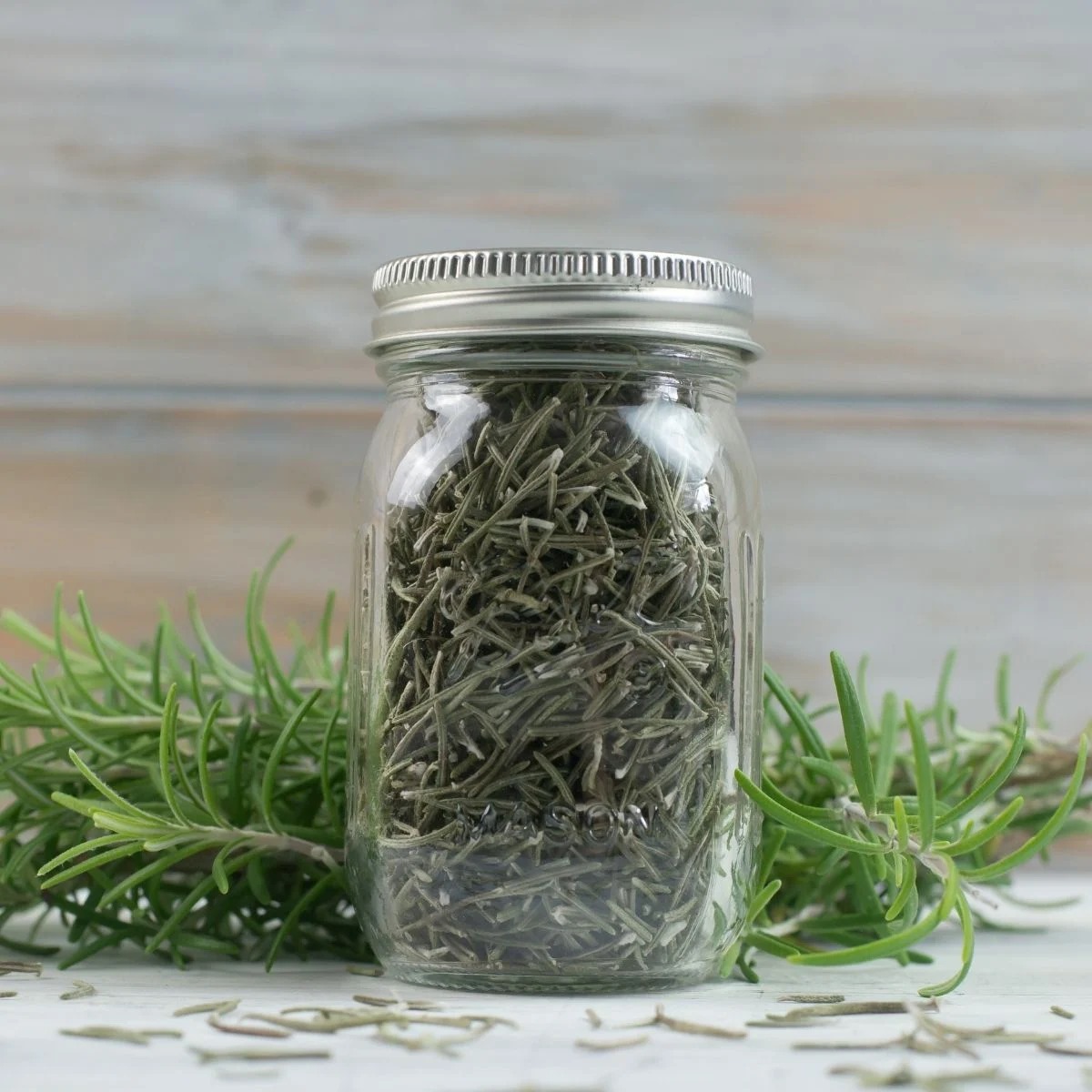

Articles
How To Store Dried Rosemary
Modified: April 23, 2024
Learn the best ways to store dried rosemary in this informative article. Find out how to keep your rosemary fresh for longer and maintain its flavor.
(Many of the links in this article redirect to a specific reviewed product. Your purchase of these products through affiliate links helps to generate commission for Storables.com, at no extra cost. Learn more)
Introduction
When it comes to cooking, dried herbs can add a burst of flavor to any dish. One such herb that is commonly used in the kitchen is dried rosemary. Known for its distinctive aroma and robust taste, dried rosemary has become a staple ingredient in many cuisines around the world.
However, to fully enjoy the flavor and aroma of dried rosemary, proper storage is crucial. Improper storage can cause the dried herb to lose its potency and freshness, resulting in a bland taste and aroma. In this article, we will explore the best practices for storing dried rosemary to ensure its quality and longevity.
Before delving into the storage techniques, it is important to understand the nature of dried rosemary. Dried rosemary is made by harvesting and drying the leaves of the rosemary plant. The drying process removes the moisture from the leaves, preserving their flavor and aroma. Dried rosemary is known for its concentrated taste, making it an excellent addition to dishes such as roasted meats, soups, and sauces.
Now that we have a basic understanding of dried rosemary, let’s move on to the key factors to consider when storing it.
Key Takeaways:
- Proper storage of dried rosemary is crucial for preserving its flavor and aroma. Choose airtight glass jars, store in a cool, dark place, and periodically check and rotate your supply to maintain freshness.
- Revive lackluster dried rosemary by crushing, toasting, steeping, mixing with oil, or rehydrating. These techniques can enhance the herb’s flavor and fragrance, adding depth to your culinary creations.
Read more: How To Dry Rosemary In A Dehydrator
Understanding Dried Rosemary
Dried rosemary, as the name suggests, is rosemary that has been dried for an extended period of time. This process involves removing the moisture from the leaves, which helps enhance the flavor and aroma of the herb. Dried rosemary is often more potent than fresh rosemary, making it a popular choice for seasoning dishes.
One of the great things about dried rosemary is its versatility. It can be used in a variety of culinary creations, such as marinades, rubs, dressings, and even homemade herbal teas. Its strong flavor profile adds depth and complexity to both savory and sweet dishes.
When choosing dried rosemary, it’s important to look for leaves that are vibrant green in color, as this indicates that the herb is fresh and has been properly dried. Avoid purchasing dried rosemary that appears brown or gray, as this could be a sign of poor quality or improper storage.
Another aspect to consider is the texture of the dried rosemary leaves. They should be brittle and crumble easily when touched, indicating that they are dry and preserve their flavor well. If the leaves feel moist or clump together, it’s likely that the herb hasn’t been dried thoroughly or has been exposed to moisture.
When incorporating dried rosemary into your recipes, it’s important to keep in mind that a little goes a long way. Due to its intense flavor, it’s best to start with small amounts and adjust to taste. Remember, you can always add more rosemary, but it’s difficult to remove excess once it has been added to a dish.
Now that we have a better understanding of dried rosemary, let’s explore the best ways to store it to ensure its freshness and maximize its shelf life.
Choosing the Right Storage Container
When it comes to storing dried rosemary, the choice of storage container plays a crucial role in maintaining its quality and freshness. The ideal storage container should be airtight, preventing moisture, air, and light from degrading the herb.
Glass jars with tight-fitting lids are an excellent choice for storing dried rosemary. They are non-reactive and do not absorb odors or flavors, ensuring that the herb’s aroma and taste remain intact. Mason jars or other glass containers with rubber gasket seals provide an extra layer of protection against air and humidity.
Avoid using plastic containers for long-term storage, as plastic can allow air and moisture to seep in, potentially compromising the quality of the dried rosemary. However, if using plastic is the only option, look for food-grade containers that are labeled as airtight.
In addition to the container material, consider the size of the container. Choose a container that is just slightly larger than the amount of dried rosemary you intend to store. This helps minimize the exposure to air and moisture that can cause the herb to lose flavor and freshness.
Labeling the storage container with the date of purchase or expiration is also advisable. This will help you keep track of the dried rosemary’s age and ensure that you use the oldest batch first.
By choosing the right storage container, you can set a solid foundation for preserving the quality of your dried rosemary.
Avoiding Moisture and Humidity
Moisture and humidity are the enemies of dried rosemary. Exposure to these elements can cause the herb to clump together, lose its flavor, and even develop mold or mildew. To prevent these issues, it is essential to store dried rosemary in a dry environment.
First and foremost, ensure that the dried rosemary is completely dry before storing it. Any moisture trapped in the leaves can lead to spoilage. If you’re drying rosemary yourself, make sure it is dried thoroughly and there is no trace of moisture left.
When storing dried rosemary, avoid placing it near sources of moisture in the kitchen, such as the sink, dishwasher, or stove. Steam and water splatters can come into contact with the herb and accelerate its deterioration. It is best to store dried rosemary away from the cooking area in a cool and dry space.
Additionally, try to choose a storage location that is not prone to high humidity. Areas such as the basement or the pantry near the sink are not ideal due to their increased humidity levels. Instead, opt for a dry cupboard or a shelf in a cool room.
If you live in a particularly humid climate, consider using a food-grade desiccant packet or adding a small amount of uncooked rice inside the storage container. The desiccant or rice can help absorb any excess moisture and maintain the dryness of the dried rosemary.
By avoiding moisture and humidity, you can ensure that your dried rosemary retains its flavor and quality for a longer period of time.
Keeping Dried Rosemary Away from Heat
Heat can be detrimental to the flavor and aroma of dried rosemary. Exposure to high temperatures can cause the essential oils in the herb to evaporate, leaving it tasteless and less fragrant. Therefore, it is essential to store dried rosemary away from sources of heat in your kitchen.
Avoid storing dried rosemary near the stove, oven, or any other heat-emitting appliances. The heat generated by these appliances can not only affect the quality of the herb but also contribute to moisture buildup in the storage container. Instead, choose a storage location that is away from direct heat and maintains a relatively cool temperature.
If you have limited space in your kitchen and need to store dried rosemary near the stove for convenience, make sure to use a heat-resistant storage container and keep the herb as far away from the heat source as possible.
Another consideration is sunlight. Exposure to direct sunlight can cause the herb to deteriorate more rapidly and lose its potency. Therefore, it’s best to store dried rosemary in a dark or opaque container that shields it from light. This will help preserve its flavor and ensure that it stays fresh for longer.
It’s worth noting that even after properly storing dried rosemary away from heat and light, it is still a good practice to use it within a reasonable timeframe to get the best flavor and aroma. Over time, dried herbs, including rosemary, may lose some of their potency and flavor.
By keeping dried rosemary away from heat sources and sunlight, you can maintain the herb’s quality and enjoy its full flavor when adding it to your favorite dishes.
Store dried rosemary in an airtight container away from direct sunlight and heat to preserve its flavor and aroma. A cool, dark pantry or cupboard is ideal for maintaining its quality.
Read more: How To Store Rosemary
Storing Dried Rosemary in a Cool and Dark Place
Proper storage of dried rosemary involves finding the ideal environment that promotes longevity and preserves the herb’s flavor and aroma. A cool and dark place is the perfect location to store dried rosemary.
Heat and sunlight can accelerate the degradation process of dried rosemary, causing it to lose its potency and freshness. Therefore, storing it in a cool area away from direct sunlight is crucial.
Choose a location in your kitchen or pantry that remains relatively cool throughout the year. A cupboard or a shelf away from heat sources such as the stove or oven is an ideal spot. The temperature should be consistent and not subject to extreme fluctuations.
In addition to temperature, it’s important to keep the dried rosemary in a dark place. Exposure to light, especially sunlight, can cause the herb to deteriorate more quickly. Light breaks down the essential oils and compounds that give rosemary its distinct aroma and flavor.
When selecting a storage container, opt for an opaque or dark-colored one to shield the dried rosemary from light. This could be a glass jar with a dark tint or a metal container that blocks out light. This will help maintain the flavor and quality of the herb for a longer period.
By storing dried rosemary in a cool and dark place, you can ensure that it retains its potency and freshness, allowing you to enjoy its delightful taste and aroma when using it in your culinary creations.
Using Airtight Containers for Optimal Shelf Life
When it comes to storing dried rosemary, using airtight containers is essential for maintaining its optimal shelf life and preserving its flavor and aroma. Airtight containers provide a barrier against moisture, air, and other elements that can degrade the quality of the herb.
Air exposure can cause dried rosemary to become stale and lose its potency. The essential oils and flavor compounds in the herb can evaporate when in contact with air, resulting in a less flavorful and less aromatic herb.
Choosing a container with a tight-fitting lid is crucial to create a seal that keeps air out. Glass jars with rubber gasket seals or containers with screw-on lids are ideal options. The container should not allow any air to enter, ensuring that the dried rosemary remains fresh and flavorful.
Aside from air, moisture is another factor that can impact the quality of dried rosemary. Moisture can cause the herb to clump together and develop mold or mildew. By using an airtight container, you create a barrier against moisture, keeping the dried rosemary dry and preventing any unwanted spoilage.
It is important to ensure that the dried rosemary is completely dry before transferring it to the airtight container. Any residual moisture can lead to mold growth and compromise the flavor and safety of the herb.
Labeling the container with the date of storage can also help you keep track of the freshness of the dried rosemary. This allows you to use the oldest batch first and maintain a rotation system to ensure you always have the freshest herbs at hand.
By utilizing airtight containers, you provide the best possible conditions for storing dried rosemary, extending its shelf life, and preserving its outstanding flavor and aroma.
Checking and Rotating Dried Rosemary
Just like any other pantry staple, dried rosemary needs to be periodically checked and rotated to ensure its quality and prevent it from sitting unused for too long. By implementing a regular inspection and rotation routine, you can maximize the flavor and freshness of your dried rosemary.
First, start by checking the dried rosemary for any signs of deterioration. Look for discoloration, mold, or an off smell. If you notice any of these signs, it’s best to discard the dried rosemary, as it may no longer be safe for consumption.
Next, consider the age of your dried rosemary. Over time, the essential oils and flavor compounds in dried herbs can degrade, resulting in a loss of potency. It’s a good practice to use dried rosemary within a year of purchase to ensure the best flavor and aroma. If you’re unsure of the age of your dried rosemary, make a note of the purchase date on the container to help you keep track.
To prevent your dried rosemary from going unused and losing its flavor, it is important to rotate your supply. Rotate the containers of dried rosemary by bringing the older batches to the front and placing the newer ones at the back. This way, you are more likely to use the older batches first, ensuring that none of your dried rosemary goes to waste.
In addition to rotation, take the time to give your dried rosemary a quick sniff before using it in your dishes. The aroma should be strong and fragrant. If you find that the scent is weak or muted, the rosemary may have lost some of its potency. In such cases, you may want to use a slightly larger quantity or consider purchasing a fresh supply.
By regularly checking the quality, age, and aroma of your dried rosemary and implementing a rotation system, you can ensure that you are using the freshest and most flavorful herb in your culinary creations.
Tips for Reviving Dried Rosemary
If you find yourself with dried rosemary that seems lackluster or has lost some of its aroma, don’t worry! There are a few simple techniques you can use to revive the flavor and fragrance of your dried herb. Here are some tips to help you bring dried rosemary back to life:
1. Crushing or Grinding: Dried rosemary can sometimes become compacted, which can diminish its flavor. To revive it, gently crush or grind the dried leaves using a mortar and pestle or a spice grinder. This process helps release the essential oils, enhancing the aroma and flavor of the herb.
2. Steeping: If you’re using dried rosemary in a liquid-based recipe, such as soups or stews, consider steeping the dried herbs in warm liquid before adding it to your dish. This allows the rosemary to rehydrate and infuse its flavor into the liquid, ensuring a more vibrant taste.
3. Toasting: Another technique to revive dried rosemary is to toast it lightly in a dry skillet. Gently heat the dried herb over medium-low heat, stirring constantly until it becomes fragrant. This toasting process can help enhance the herb’s flavor and add a subtle richness to your dishes.
4. Mixing with Oil: To revive dried rosemary for use in dressings, marinades, or as a seasoning for roasted vegetables, try mixing it with a small amount of olive oil or another preferred cooking oil. This allows the rosemary to absorb some of the oil’s moisture, softening the herb and intensifying its flavor.
5. Rehydrating: In certain cases, you may want to rehydrate dried rosemary before using it. Simply soak the dried leaves in a bowl of warm water for a few minutes until they become plump and soft. Afterward, remove the rosemary from the water and pat it dry before adding it to your recipe.
Remember, while these techniques can help revive the dried rosemary, they may not fully restore the herb to its original fresh state. It’s always a good idea to periodically refresh your supply of dried rosemary to ensure the best flavor and aroma.
By utilizing these tips for reviving dried rosemary, you can enhance the taste and fragrance of your herb, allowing you to enjoy its wonderful flavor in a variety of recipes.
Read more: How To Store Fresh Rosemary
Conclusion
Proper storage of dried rosemary is essential for preserving its flavor, aroma, and overall quality. By following the tips and techniques outlined in this article, you can ensure that your dried rosemary remains fresh and potent for an extended period of time.
Choosing the right storage container, such as airtight glass jars, helps protect the dried rosemary from air and moisture, which can cause it to lose its flavor and freshness. Storing dried rosemary in a cool and dark place away from heat and sunlight further contributes to maintaining its quality.
Regularly checking and rotating your supply of dried rosemary allows you to use the oldest batches first and avoid wasting any herb. Additionally, if your dried rosemary seems lackluster, there are various methods for reviving its flavor and fragrance, such as crushing or grinding, toasting, steeping, or rehydrating.
Remember, dried rosemary is a wonderful addition to many dishes, adding a burst of flavor and aroma. By implementing proper storage and refreshing your supply as needed, you can ensure that your dried rosemary continues to elevate your culinary creations.
So, the next time you reach for that jar of dried rosemary in your pantry, rest assured that it will deliver the taste and fragrance that will enhance your recipes and bring your dishes to a whole new level of delightful and aromatic flavors.
Frequently Asked Questions about How To Store Dried Rosemary
Was this page helpful?
At Storables.com, we guarantee accurate and reliable information. Our content, validated by Expert Board Contributors, is crafted following stringent Editorial Policies. We're committed to providing you with well-researched, expert-backed insights for all your informational needs.
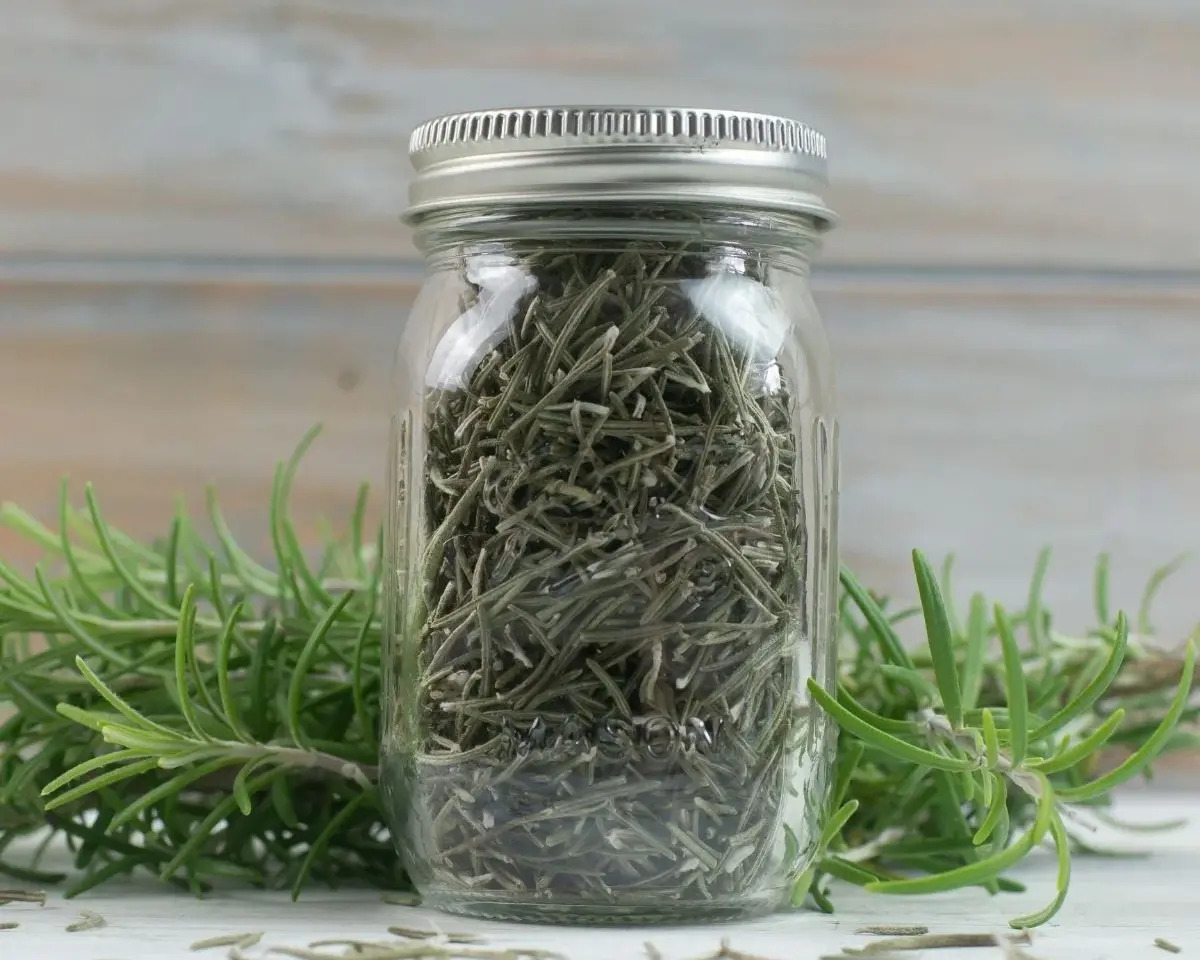

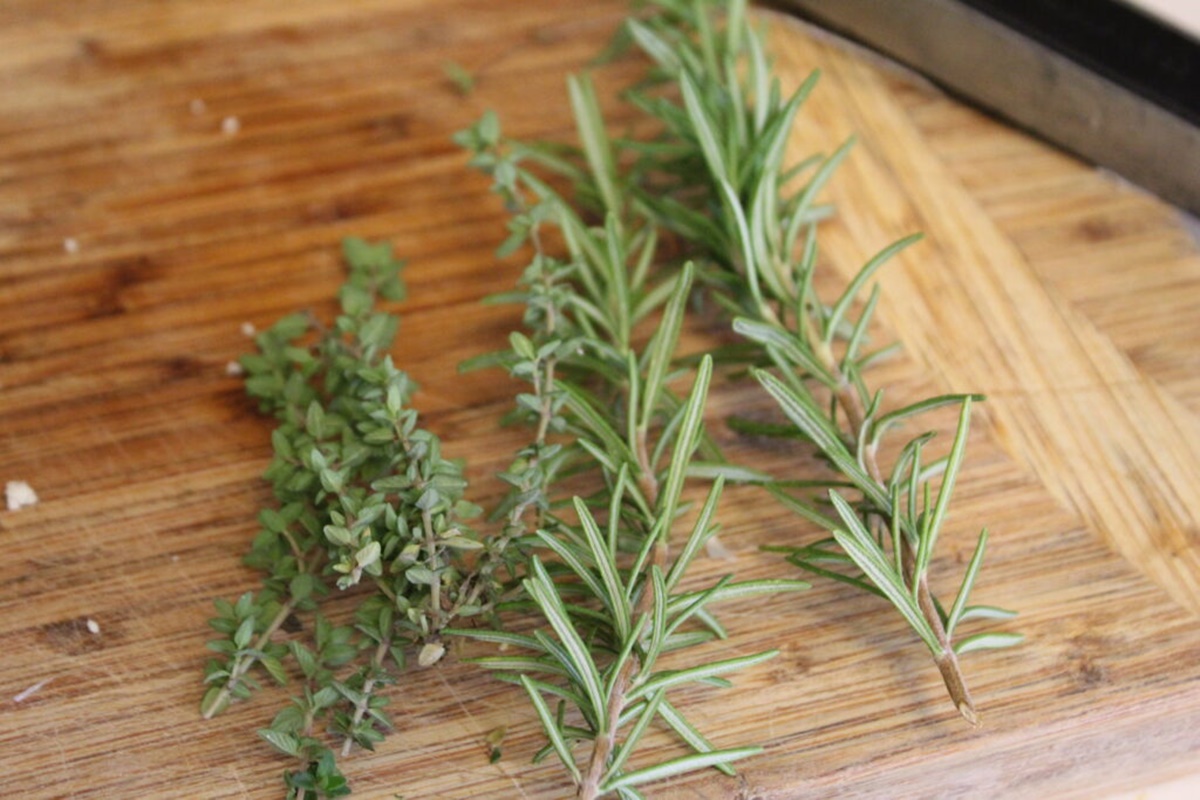
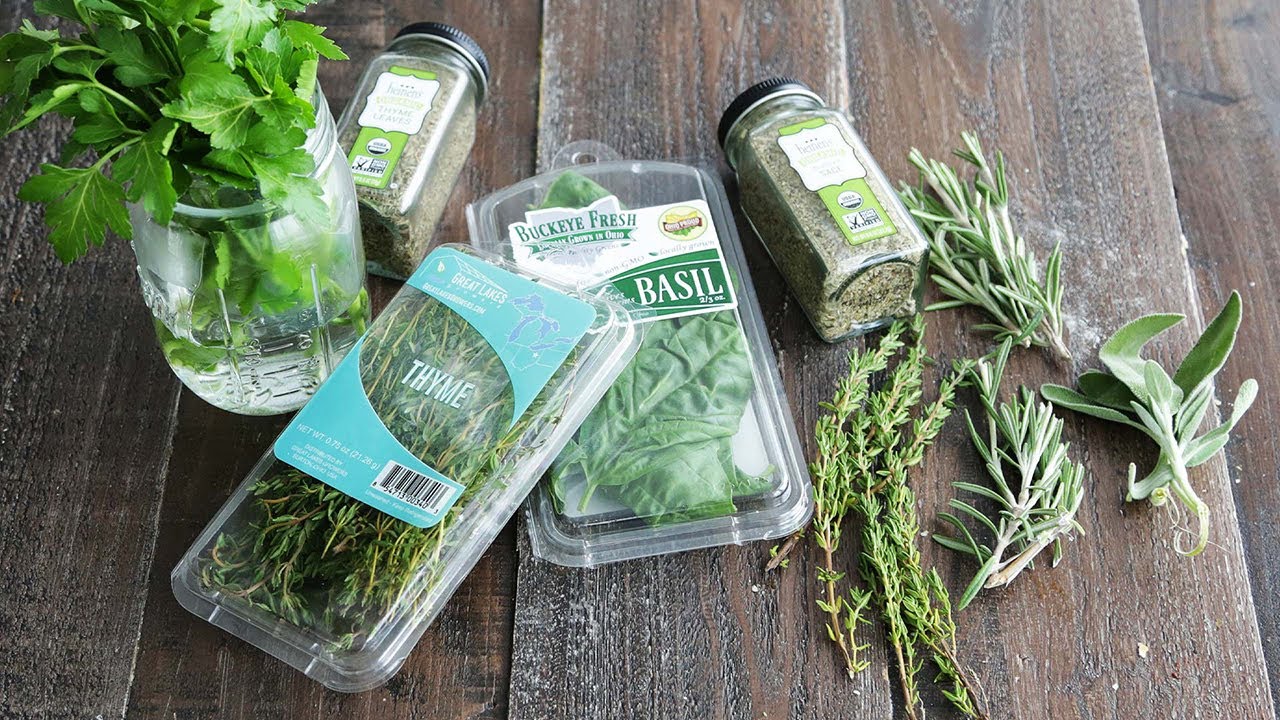
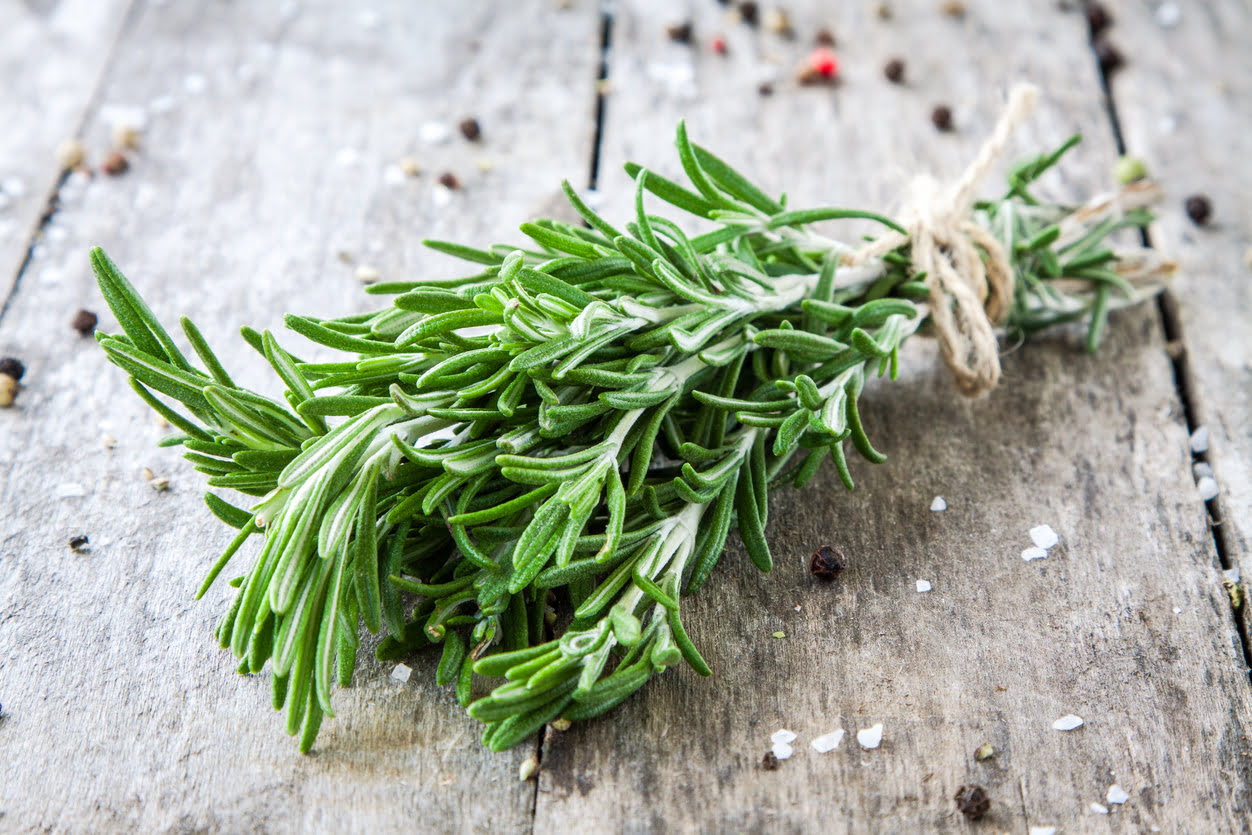
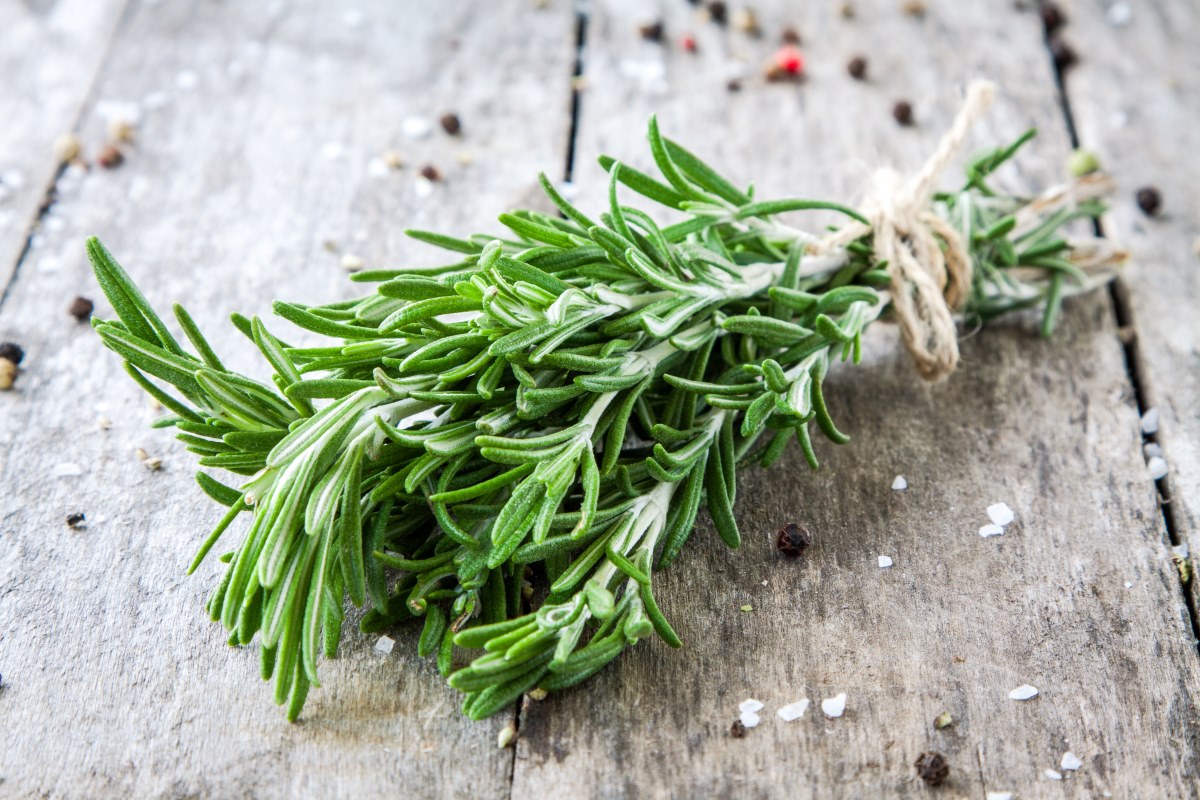


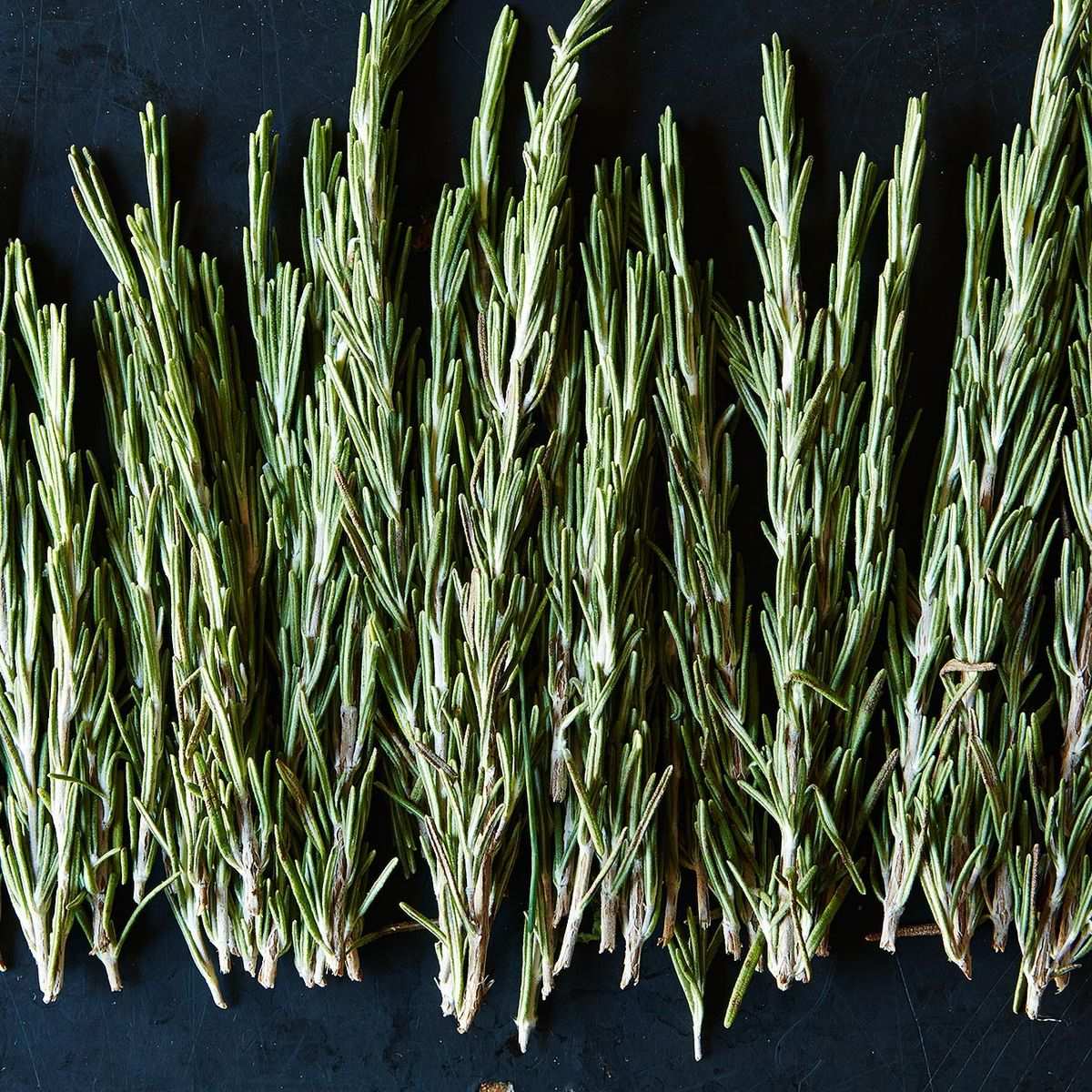
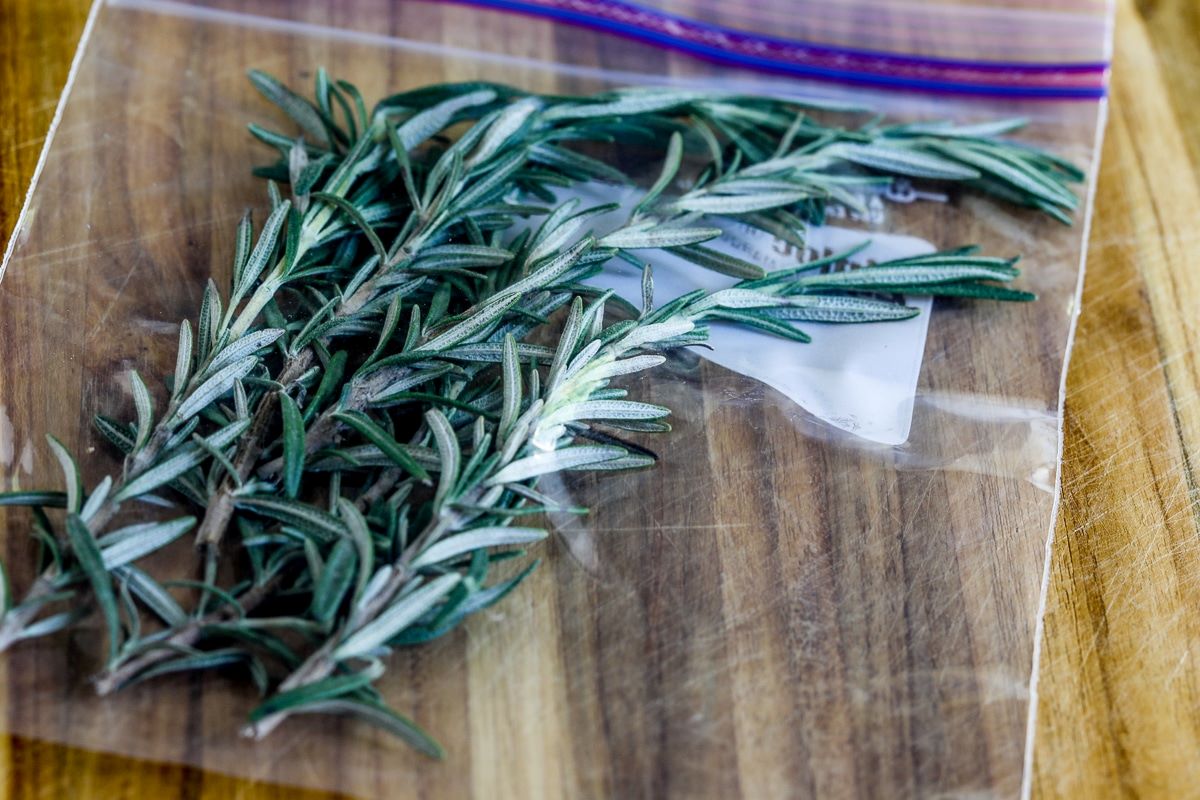


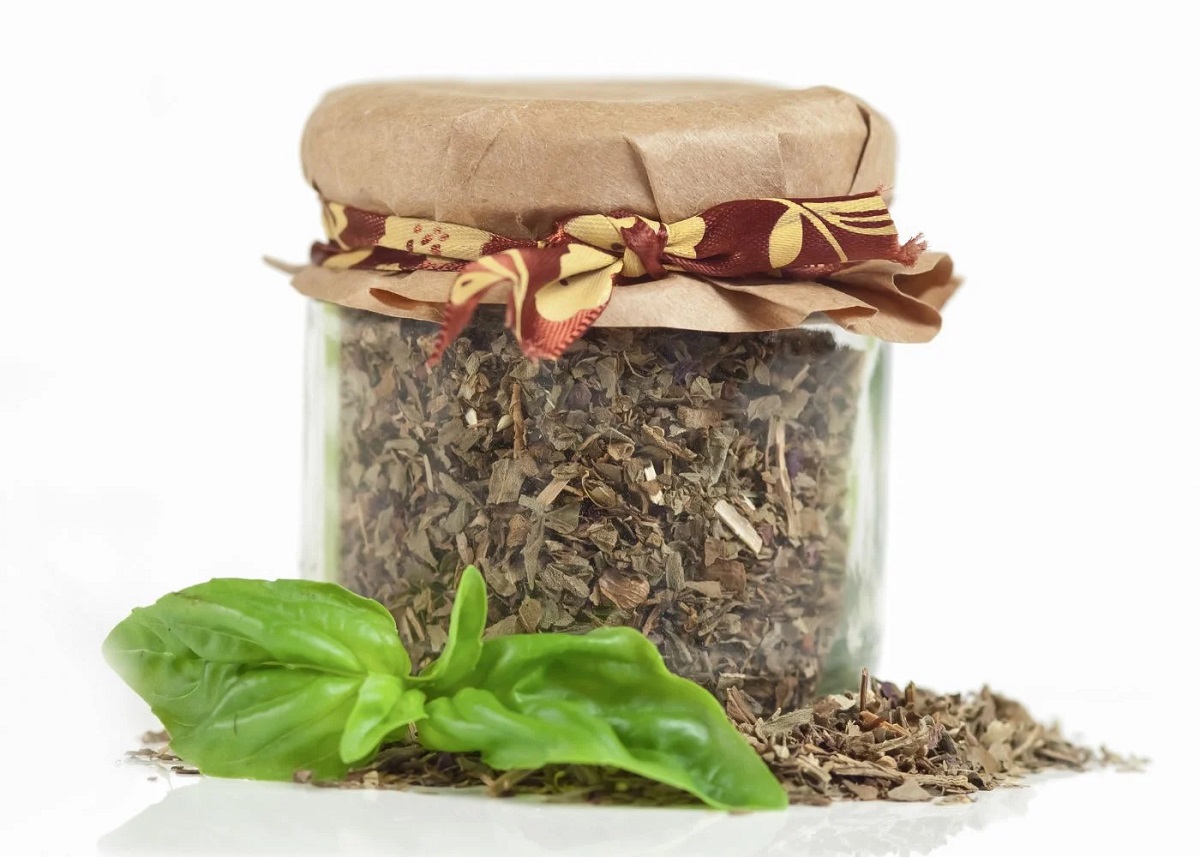

0 thoughts on “How To Store Dried Rosemary”